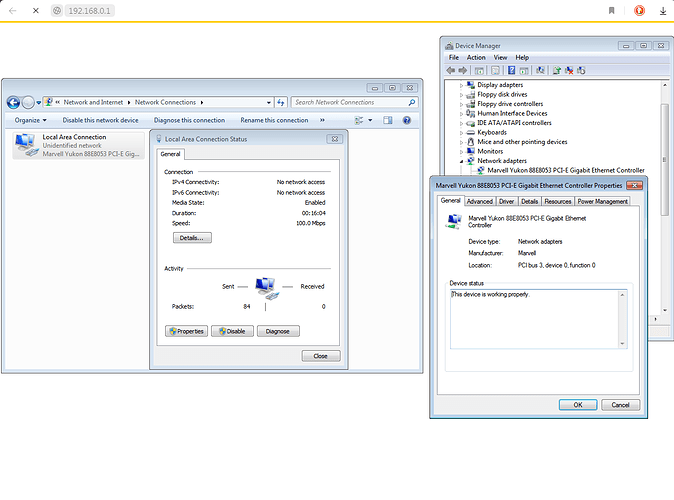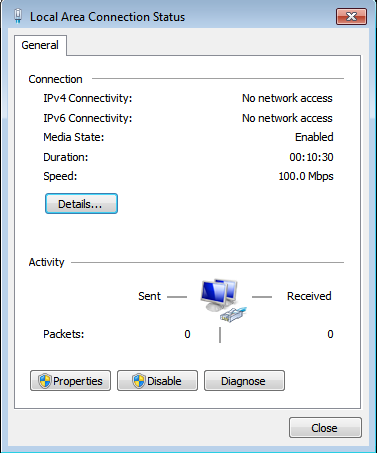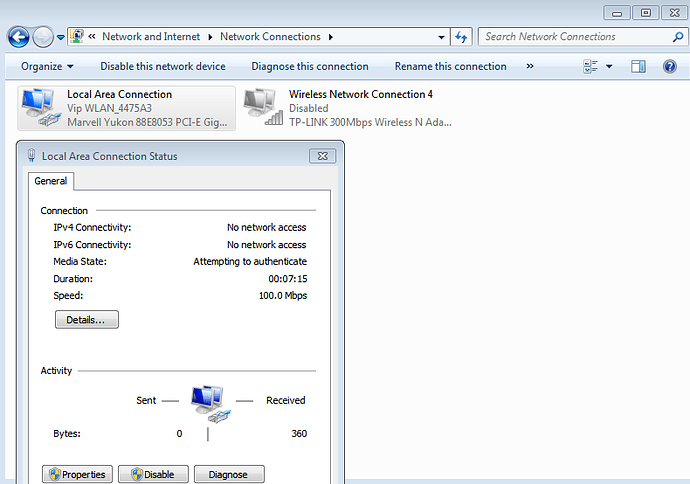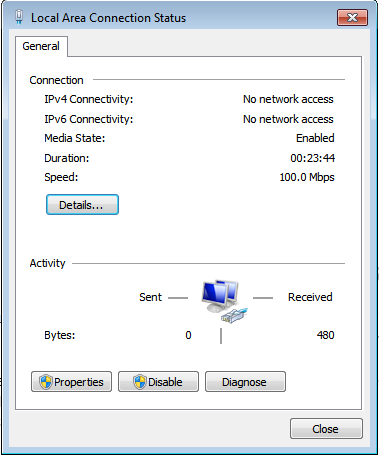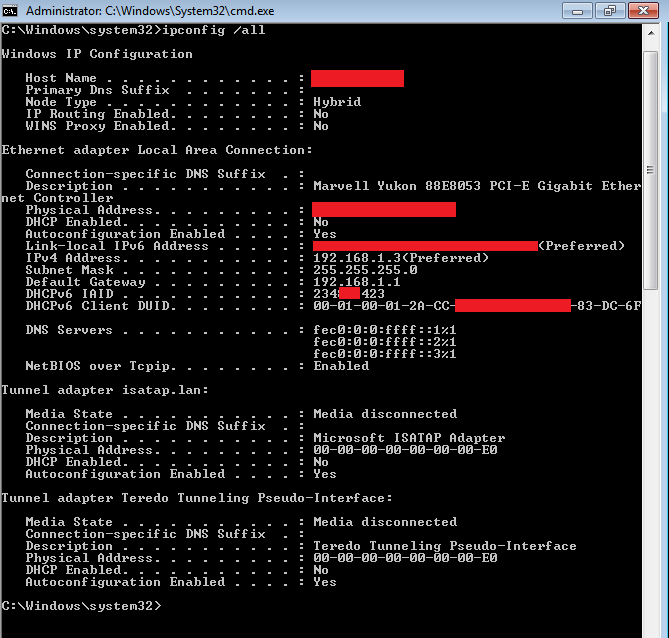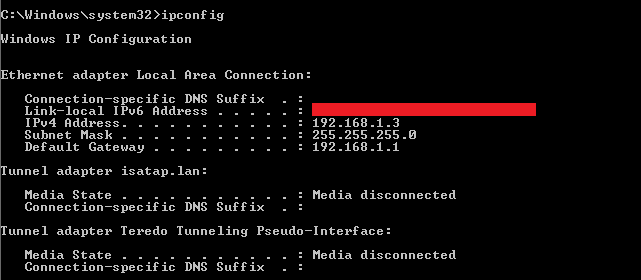Dear all,
I am a straight OpenWrt virgin and it is my first time trying to flash a router.
For 2 days in a raw I have been reding up on how to do it including the Quick start guide and various other sections like troubleshooting and setting up the OpenWrt for the first time. I also had to learn how to use the tftpd server in order to transfer the files to the router.
My router's hardware version is PCBMF283+V1.0.0 and I am using Windows 10 & 7.
I have found the needed files at: https://openwrt.org/toh/hwdata/zte/zte_mf283plus
As the router is from the ISP and it does not have the possibility of upgrading or backing up the firmware from within the ZTE web interface I first searched the internet for stock firmware that I eventually, with a lot of effort luckily found after which I proceeded with flashing the device.
I used the first link to download the file and flash the router via tftpd server: https://downloads.openwrt.org/releases/22.03.2/targets/ramips/rt305x/openwrt-22.03.2-ramips-rt305x-zte_mf283plus-initramfs-kernel.bin
I assumed I had the right file cause I read somewhere that one should use the sysupgrade file only after previously already having installed the OpenWrt.
Anyhow, after flashing when I tried to get to the web interface LUCI by entering the the default 192.168.0.1 router's address as well as the 192.168.1.1 address the web interface looked very weird. It looked like the page did not load well, there were some tiny thumbnails/ icons (almost artifacts) but no letters and a small bar where I could not even type any letters to log in or anything. ( I forgot to take a screenshot at the time)
All in all it was not a functional GUI and it did not look anything like the screenshots of LUCI you have got posted on your website.
Next day I started analyzing what could've went wrong and I looked up more information but I did not get any further..... that is until I have red next link more carefully and a few times over again:
https://git.openwrt.org/?p=openwrt/openwrt.git;a=commit;h=59d065c9f81c4d1a89464d071134a50529449f34
It said clearly:
"(2) Using TFTP recovery
- Set your host IP to 192.168.0.22 - for example using:
sudo ip addr add 192.168.0.22/24 dev - Set up a TFTP server on your machine
- Put the sysupgrade image in TFTP server root named as 'root_uImage'
(no quotes), for example using tftpd:"
So I came to the conclusion that I have usedthe wrong file for flashing to begin with.
After that I have flashed the router again with the stock firmware and it worked normally. I had no problems getting into the web interface.
After that I downloaded the "openwrt-22.03.2-ramips-rt305x-zte_mf283plus-squashfs-sysupgrade.bin" file, renamed it to root_uImage and flashed the router once more.
After flashing when the router booted up, the power led turns on (blue led), then the 3g/4g and the signal leds blink a few times together (blue led), after which the 3g/4g led keeps blinking green and eventually it stays on (blue led). The wi-fi signal led does not do anything at all but I believe that to be cause the wi-fi needs to be turned on in the OpenWrt first.
So everything seemed alright until I tried to log into LUCI again.
To my big disappoinment the web interface would not load at all.
I used both 192.168.0.1 and 192.168.1.1 addresses.
After that I went researching and going through more information but everything seems done according to the quick start guide and other information I was able to find.
I have connected the router to 2 different PC's via ethernet cable and the result was the same. For a moment I thought I would need to install LUCI manually but I have found information on your website that as of version 20.0.x LUCI is being automatically flashed onto the router.
The router does get connected to the PC and it gets identified as unknown network.
In the beginning some packets are being sent (around 84) but none received.
I have also tried connecting the router through it's wan port to another router and there is internet when I connect the PC via ethernet cable to it.
I have made some screenshots that will hopefully help you analyze what went wrong and if nothing else at least give you clarity of what I have done so far.
*New users can apparently only put 1 embedded media in their post & I got 8 more screenshots ![]() "
"
I hope this is enough information to start with and I apologize for the lengthy explanation but I wanted to be thorough so that all the steps and actions I have undertaken are clear and hopefully helpful to you in pinning down the problem.
The reason why I am flashing the router is because I want to set up a VPN network by bridging together the ZTE 283+ router and the Echolife HG8145V5 ONT router but the problem is that neither of those 2 (both provided by the ISP) has the VPN option cause the firmware has been stripped down by the ISP, and there is neither a bridge mode option but there seems to be some workaround for that too (I thought port forwarding) but that's something to worry about later.
From both the routers it happens so to be that only the ZTE MF283+ is likely to be flashed by 3rd party firmware and that is by OpenWrt firmware to be more exact.
To sum it up, this networking is all new to me but I am not afraid nor lazy to learn, no matter how steep the learning curve is. I like learning new things and I am most positive that I can master this with some (most likely a lot ![]() of ) help from the members with knowledge here at OpenWrt.
of ) help from the members with knowledge here at OpenWrt.
Once again, I apologize for the lengthy digression but is all well meant.
Please help me cause I am really in need of help.
Kind regards,
Zorp.
